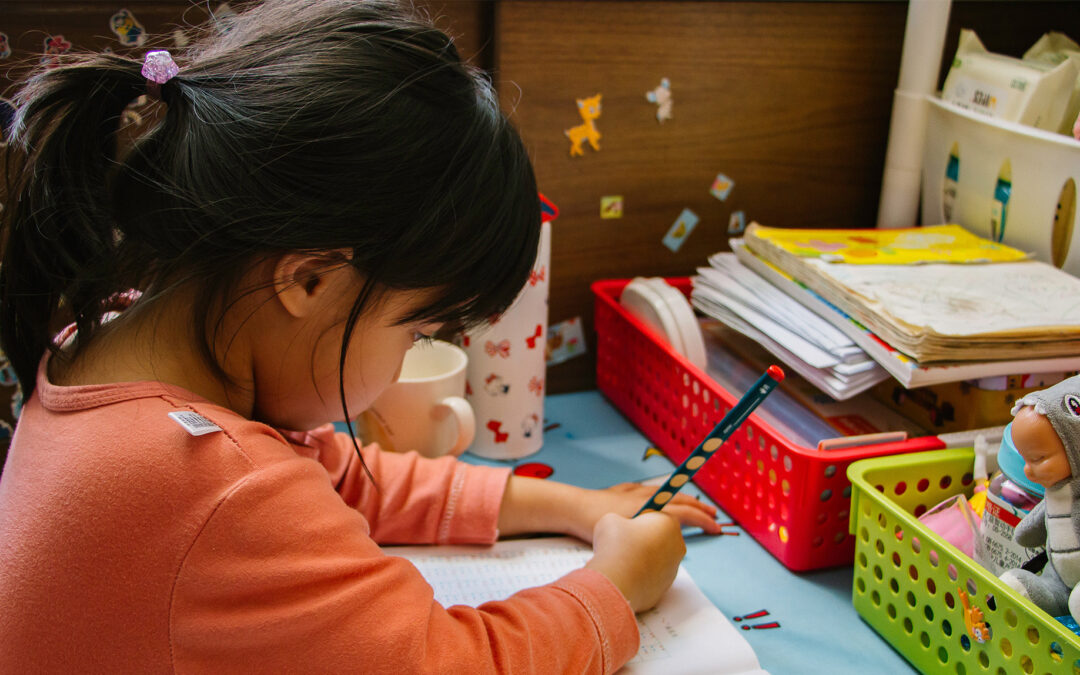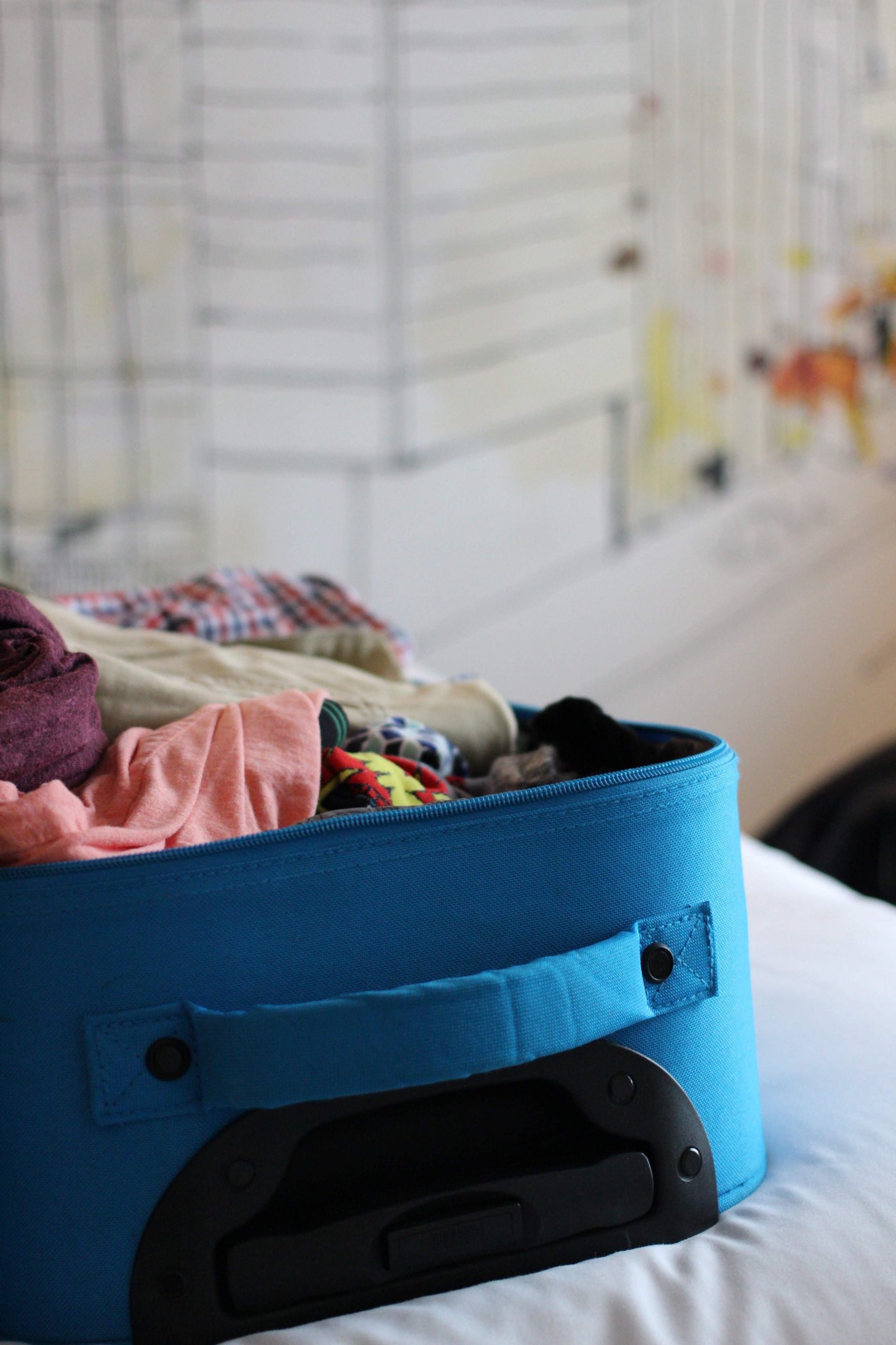1. Keep boundaries short and simple
When setting boundaries for kids and teenagers, you want to make it easy to remember, easy to reference and repeat. “Please be home by 9pm” or “No friends allowed at home if we aren’t home”, instead of “It probably makes sense that you don’t have anyone over for tonight, we are going to be gone until 10pm and there won’t be anyone here to supervise you and your friends”. We often fall victim to explaining the boundary as we are stating it. Explaining why the boundary exists is a valuable conversation to have, just make sure you separate that conversation from the rule/boundary being stated. The more information or discussion being had while setting the boundary, the higher chance for loopholes, exceptions, or power struggles to follow. When you keep it short and simple, you can reference the boundary easier as well, it is easier to remember for the child/teen and less ambiguity.
2. If “this happens”, then “this is the consequence”
If/then statements are much clearer and easier to understand for a child/teenager. For example, “When homework is done, then you can hangout with your friends” or “If you are late for curfew, then you lose your Xbox for tomorrow”. The limit is clear, if a certain behavior is done, then the consequence is clear, whether it be positive or negative. These statements can be quite helpful in avoiding power struggles as well. If you find yourself getting into a power struggle, you can just take a pause and come back to the original limit set, if “x”, then “y”, end of story. Just as important as the content of the limit, it is even more crucial how you say it. Say it with confidence, keeping it short and simple and in a matter of fact way. The stronger you sound when you state a boundary, the less likely there is pushback.
3. Recognize power struggle attempts and repeat the boundaries
It would be wonderful if there was never any pushback on a boundary or limit set but that is not the world we live in. If you keep getting pushback, that is okay, just stay consistent and maintain your boundary. The minute you start back peddling on a boundary, you are setting yourself up for them to not believe in future limits set or feel they can wiggle out of them. They might even get upset that you are not budging or that you keep having to repeat the limit, that is okay, this is partly why you are reading this, because holding boundaries is not always easy, it takes consistency and is especially difficult if holding firmer boundaries is a new practice. Remember this: each time you set and hold that boundary is an investment, an investment into future limits set, into your child learning that when a limit is set, it matters and an investment into furthering mutual trust between you and your child.
Written By: Alex Lazar, M.Ed., LPC-Associate, Supervised by Karen Burke LPC-S











